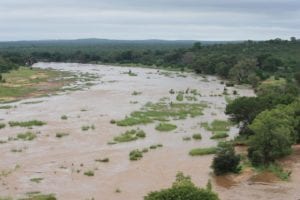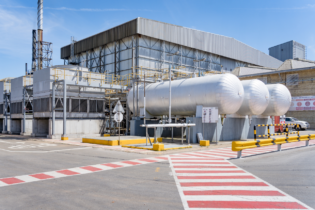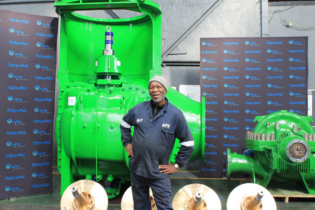The Oudtshoorn Waste Water Treatment Works (WWTW) have been thrust into the spotlight in recent weeks, as allegations of sewage pollution making its way from the works into the Olifants River dominated local media reports.
Members of a Provincial Intervention to Oudtshoorn recently visited the works to determine the reality of the allegations that the Olifants River was covered by a thick layer of raw sewage, which has been left untreated for so long that it has formed a crust on the surface of the river. According to Chris Koch, who was seconded as part of the intervention, these allegations are not true. “The effluent from the Oudtshoorn WWTW flows through a number of maturation ponds before it enters the final effluent dam from where it is discharged via a baffle plate system directly into the Olifants River,” Koch said in a report. “During the said unauthorised follow up visit it is clear that the person visited the final effluent dam and saw the crust of dried scum floating on top of the treated effluent mistakenly identified that as part of the Olifants River.“The dry scum floating on the final effluent dam cannot be discharged to the river due to a baffle plate that’s installed only allowing the treated effluent to be discharged. The Olifants River at the discharge point is normal muddy river water into which the effluent flows,” he added.
Although the effluent currently does not conform to all the parameters as stipulated in the Act it does not consists of any raw sewage as was alleged. Koch noted that the Oudtshoorn Waste Water Treatment Works are currently being upgraded through the Municipal Infrastructure Grant (MIG) program at a cost of R 5.5 million and after completion in March 2016 will ensure an additional 3 Ml/day hydraulic capacity which will be sufficient to meet the current demand.







